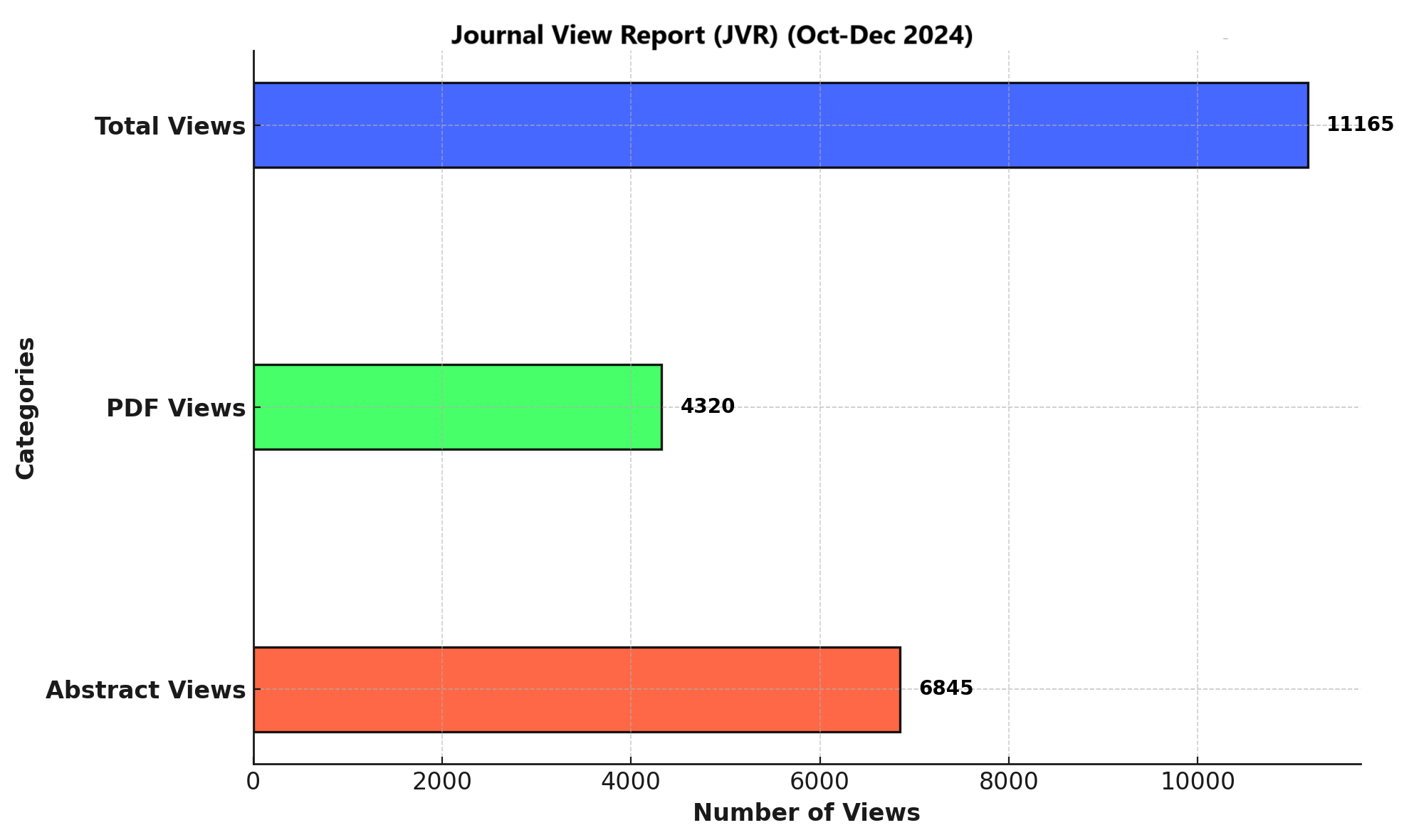EFFECTS OF FUNCTIONAL ELECTRICAL STIMULATIONS WITH AND WITHOUT MOTOR PRIMING EXERCISES ON TENODESIS GRIP IN PATIENTS WITH SPINAL CORD INJURY
DOI:
https://doi.org/10.71000/ijhr160Keywords:
Electric Stimulation Therapy, Functional Task Training, Hand Strength, Motor Recovery, Muscle Contraction, Spinal Cord Injuries, TetraplegiaAbstract
Background: Spinal cord injury (SCI) disrupts motor and sensory functions, often impairing hand strength and precision grip, particularly in cervical-level injuries. Tenodesis grip plays a critical role in enabling functional independence in such patients. Rehabilitation strategies like functional electrical stimulations (FES) and motor priming exercises (MPE) aim to enhance grip strength and dexterity. This study evaluates the comparative effects of FES with and without MPE and conventional exercise training (CET) on grip strength and functional recovery in SCI patients.
Objective: To determine the effect of functional electrical stimulations with and without motor priming exercises on improving grip strength, prehension performance, and quality of life in patients with spinal cord injury.
Methods: This randomized controlled trial included 27 participants aged 18 to 60 years with C6-C7 neurological level of injury. Participants were divided into three groups of 9 each: Group 1 received FES combined with MPE, Group 2 received FES alone, and Group 3 underwent CET. Baseline data were collected using manual muscle testing, the modified Ashworth scale, and tenodesis function. Interventions were conducted for six weeks, with daily sessions of 1.5 hours for Group 1 and 30–45 minutes for Groups 2 and 3. Post-intervention assessments included grip strength, lateral pinch grip, prehension performance, and quality of life, measured using validated tools like GRASSP and SCIM.
Results: A statistically significant improvement (p < 0.05) was observed in grip strength, lateral pinch grip, and quality of life among the three groups. Post-intervention right-hand grip strength increased to 11.50 ± 2.32 in Group 1, compared to 6.29 ± 1.41 in Group 2 and 4.00 ± 1.41 in Group 3. Left-hand grip strength improved to 10.50 ± 2.13 in Group 1, outperforming Group 2 (5.57 ± 1.38) and Group 3 (3.58 ± 1.31). Prehension scores in Group 1 reached 20.71 ± 3.45, compared to 5.71 ± 1.88 and 4.28 ± 1.88 in Groups 2 and 3, respectively.
Conclusion: The combination of MPE and FES significantly enhanced hand function, including grip strength, lateral pinch grip, and prehension performance, compared to FES alone or CET. These findings support integrating MPE with FES for optimizing functional recovery in individuals with cervical spinal cord injuries.
Downloads
Published
Issue
Section
License
Copyright (c) 2024 Laraib Noor, Binash Afzal, Tarab Rasool, Fatima Shafaqat Ali, Asfoora Azmat, Muhammed Shahwaiz, Ramsha Umar, Hafiza Motia Tabassum, Urooj Manzoor (Author)

This work is licensed under a Creative Commons Attribution-NonCommercial-NoDerivatives 4.0 International License.







